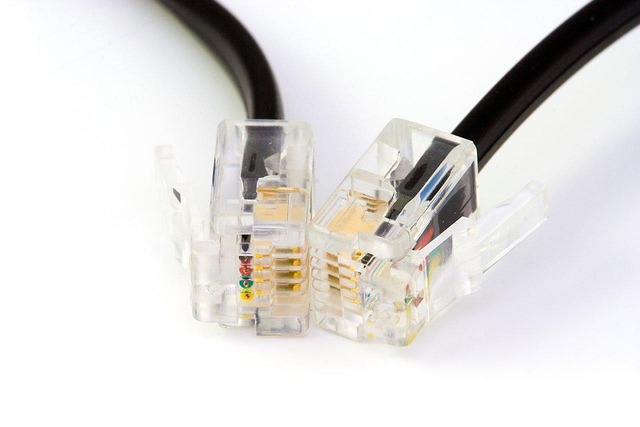
Personal Protective Equipment Should Not Be Used As
Introduction
Personal Protective Equipment (PPE) plays a critical role in safeguarding employees from various workplace hazards. However, it is essential to recognize that PPE should not be viewed as a standalone solution for ensuring safety. Instead, it should be part of a comprehensive safety strategy that includes training, hazard assessment, and proper equipment maintenance. This article explores the limitations of PPE and emphasizes the importance of a holistic approach to workplace safety.
The Role of PPE in Workplace Safety
PPE encompasses a wide range of equipment designed to protect workers from specific hazards. This includes items such as gloves, helmets, eye protection, and respiratory devices. While PPE is vital for minimizing exposure to risks such as harmful chemicals, airborne pathogens, and physical injuries, it is not a substitute for other safety measures.
Limitations of PPE
Understanding the limitations of PPE is crucial for effective safety management. The following points highlight why PPE should not be relied upon as the sole means of protection:
- PPE is not foolproof: No piece of equipment can provide complete protection against all hazards. For instance, a respirator may filter out certain airborne particles but may not be effective against gases or vapors. Therefore, it is vital to assess the specific risks present in the workplace and select appropriate PPE accordingly.
- Dependence on proper usage: The effectiveness of PPE is heavily reliant on correct usage. Employees must be trained in how to wear, maintain, and dispose of PPE properly. For example, a surgical mask must fit snugly to be effective, and failure to do so can compromise its protective capabilities.
- Potential for misuse: In some cases, workers may misuse PPE, either by not wearing it at all or by using it inappropriately. This misuse can lead to a false sense of security, where employees believe they are protected when they are not. Regular training and reminders about the importance of proper PPE usage are essential.
- Maintenance and replacement: PPE requires regular maintenance and timely replacement to ensure its effectiveness. For instance, filters on respirators must be changed frequently, and disposable masks should not be reused. Neglecting these maintenance tasks can significantly reduce the protective capabilities of the equipment.
- Not a substitute for engineering controls: PPE should complement, not replace, engineering controls and administrative measures designed to eliminate or reduce hazards. For example, installing ventilation systems or implementing safety protocols can often mitigate risks more effectively than relying solely on PPE.
Training and Education
Proper training is a cornerstone of effective PPE usage. Employees must understand the specific hazards they may encounter and how to select and use PPE appropriately. Training should cover the following aspects:
- Hazard recognition: Workers should be educated about the types of hazards present in their work environment and the potential consequences of exposure.
- PPE selection: Employees must learn how to choose the right PPE for the specific tasks they perform, ensuring that it is suitable for the hazards they face.
- Proper usage: Training should include hands-on demonstrations of how to wear and adjust PPE correctly to ensure a proper fit.
- Maintenance procedures: Workers should be informed about the importance of maintaining their PPE and the procedures for cleaning, storing, and replacing equipment.
Conclusion
While Personal Protective Equipment is an essential component of workplace safety, it should not be viewed as a standalone solution. Understanding its limitations and ensuring proper training and maintenance are crucial for maximizing its effectiveness. A comprehensive safety strategy that includes hazard assessment, engineering controls, and administrative measures will provide a more robust framework for protecting employees from workplace hazards. By fostering a culture of safety that prioritizes education and proactive measures, organizations can significantly reduce the risk of accidents and injuries.




















 Introducing the MagSafe Wallet
Introducing the MagSafe Wallet 
 Health
Health  Fitness
Fitness  Lifestyle
Lifestyle  Tech
Tech  Travel
Travel  Food
Food  Education
Education  Parenting
Parenting  Career & Work
Career & Work  Hobbies
Hobbies  Wellness
Wellness  Beauty
Beauty  Cars
Cars  Art
Art  Science
Science  Culture
Culture  Books
Books  Music
Music  Movies
Movies  Gaming
Gaming  Sports
Sports  Nature
Nature  Home & Garden
Home & Garden  Business & Finance
Business & Finance  Relationships
Relationships  Pets
Pets  Shopping
Shopping  Mindset & Inspiration
Mindset & Inspiration  Environment
Environment  Gadgets
Gadgets  Politics
Politics 